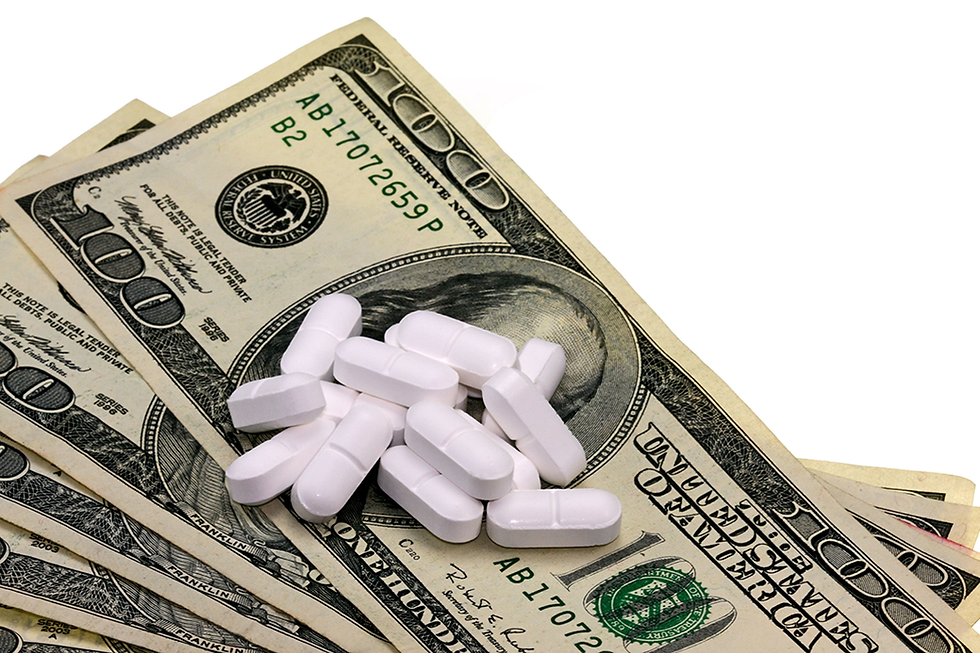MY DRUG IS NOT COVERED!
- Ben Murray

- Feb 26
- 2 min read

If your prescribed drug isn’t covered by your Medicare Part D plan or Medicare Advantage plan, there are several steps you can take to manage the situation:
1. Check the Formulary
Each Medicare drug plan has a list of covered medications, known as a formulary. Double-check to see if your prescribed drug is indeed excluded. Formularies can change yearly, so make sure you're looking at the most recent version. If your drug isn’t listed, see if there’s a similar medication that is covered.
2. Request a Formulary Exception
If your prescribed drug is not on the formulary, you can ask your plan for an exception. A formulary exception is a formal request for your Medicare drug plan to cover a medication that’s not on its list. Your doctor will need to provide supporting documentation explaining why you need the specific drug, especially if alternatives aren't suitable.
3. File an Appeal
If your request for an exception is denied, you can appeal the decision. Medicare offers a five-level appeals process, starting with a redetermination by your plan. Keep detailed records of all correspondence and decisions made throughout the process.
4. Try Therapeutic Alternatives
Ask your doctor if there are other medications within the same therapeutic class that are covered by your plan. Sometimes, alternative drugs can effectively treat the same condition and may be more affordable under your Medicare coverage.
5. Utilize Discount Programs
If your prescribed drug remains uncovered and no alternative works, you can explore discount programs or coupons offered by pharmaceutical companies. Additionally, some pharmacies may offer discount programs for commonly prescribed drugs, which can significantly reduce out-of-pocket costs.
6. Apply for Extra Help
If you're struggling to afford your medications, you may qualify for Extra Help, a federal program that assists low-income beneficiaries with Medicare Part D costs. This can help cover premiums, deductibles, and co-pays. Qualification is based on income and resources.
7. Explore State Assistance Programs
Many states offer pharmaceutical assistance programs to help with medication costs. These programs vary in scope and eligibility, so check your state’s specific program for available options.
8. Switch Medicare Plans
If the uncovered drug is critical to your treatment and your current plan doesn’t cover it, you may want to explore other Medicare plans during the annual enrollment period. Compare Medicare Part D and Medicare Advantage plans to find one that includes the medication you need on its formulary.
9. Consider Generic or Lower-Cost Versions
Sometimes a lower-cost generic version or a biosimilar may be available. These alternatives can be just as effective as brand-name drugs and are often more affordable. Your doctor can determine if these options are suitable.
10. Use a Mail-Order Pharmacy
Mail-order pharmacies, especially those aligned with your Medicare plan, often offer medications at a lower cost than retail pharmacies. This can be a cost-effective option, particularly for maintenance drugs you take regularly.
In summary, when your prescribed drug isn’t covered, there are various steps you can take to seek coverage or find alternatives. Explore these options to ensure you receive the treatment you need while managing costs.
If you’d like me to help you or someone you care about figure out the best Medicare route, please reach out to me TODAY! -> CONTACT BEN <-




